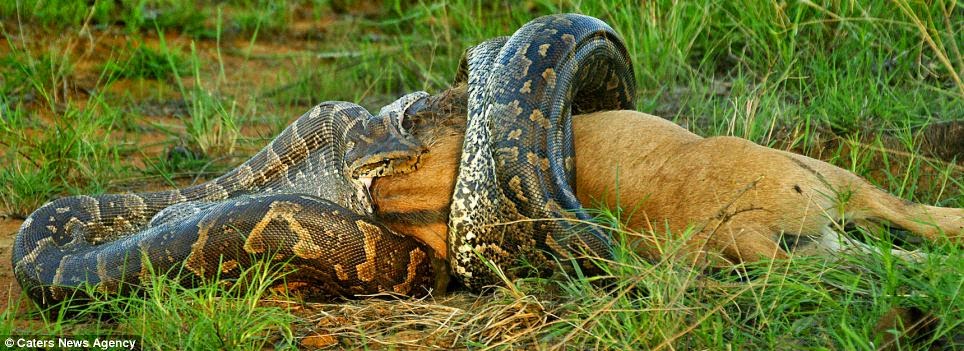This article will soon be available in Spanish
Este artículo pronto estará disponible en español
Although
recent findings have shed new light on the (so far) oldest-known fossil snakes, extending the fossil record of snakes back in time an incredible 70 million years, this article is about a more anthropocentric definition of "the first snakes". It's about the first snakes to be named and described using the modern system of classification: those described and classified by
Linnaeus in the 10th edition of his Systema Naturae, using consistently together for the first time a binomial naming system for genera and species and a hierarchical category system for higher taxa (
i.e., families, orders, classes, phyla, and kingdoms). Although Darwin's theory of evolution has ultimately refocused modern taxonomy on cladistics and phylogenetic trees,
the Linnaean system is not wholly incompatible with our new understanding of the common ancestry of all life, and has and will continue to be used.
![]() |
| Carl Linnaeus (left) and Peter Artedi (right) |
Carl Linnaeus was primarily a botanist, coining Latin names for and describing over 7,700 species of plants in his lifetime. However, he did a pretty good job of naming and describing species of animals as well, with over 4,400 to his name. His interest in describing animals derived partly from an agreement he made with his friend and one-time rival,
Peter Artedi, when the two men were students: that if either of them should die, the other would complete their life's work. Artedi, an ichthyologist, drowned at age 30 (wrote Linnaeus, "too early...did the most distinguished of ichthyologists perish in the waters, having devoted his life to the discovery of their inhabitants!"), so Linnaeus took it upon himself to organize, complete, and publish
Artedi's work on the classification of fishes. In truth, the two men developed
the basics of zoological nomenclature together, and if Artedi had lived he probably would have shared equally in the renown which has come to Linnaeus today.
![]() |
| Tantilla melanocephala from the King of Sweden's collection |
The snakes that Linnaeus described came primarily from a few sources. Several small collections (
'curiosity cabinets') made by European aristocrats and businessmen formed the basis of a handful of his
zoological dissertations, short papers written primarily by Linnaeus and
defended by his students at the University of Uppsala, as was the custom at the time. One such dissertation,
Amphibia Gyllenborgiana (defended by B. R. Hast in 1745), describes a collection donated by the university chancellor,
Count Carl Gyllenborg, which contained the first attempt to classify snakes according to their numbers of scales, rather than their colors or patterns. Another,
Surinamensa Grilliana (defended by Peter Sundius in 1748), describes a collection acquired with the help of
Claes Grill, a wealthy merchant with an interest in natural history who used his directorship of the Swedish East India Company to obtain plants and animals from Surinam. Some of these specimens
are still in the museum in Uppsala, including a caecilian, two Red Pipesnakes, a false coralsnake, and a parrotsnake. These dissertations do not use the binomial nomenclature for which Linnaeus is now famous. A few years later, Linnaeus was asked by the King and Queen of Sweden to organize, describe, and
publish accounts of their personal natural history collections. In those days, it was as fashionable to collect objects of natural history, such as shells, insects, and preserved specimens, as it is to collect art today. The king in particular had amassed a large collection of snakes,
many of which are still in the Swedish Museum of Natural History today (and looking remarkably well for being almost 300 years old), and these are described in Linnaeus's 1754
Museum Adolphi Friderici. During the 1750s and 60s, many of Linnaeus's students (
which he called his "apostles") traveled the world collecting and sending him specimens, but in accordance with his interests they mostly sent him plants. A few students, including
Pehr Kalm, who explored and collected in North America, and
Fredrik Hasselqvist, who explored the Middle East, sent Linnaeus a few reptiles. Almost half of the snakes in
Systema Naturae are from the king's collection, and most of the others are from the collections and works of two Dutch naturalists whose collections Linnaeus had seen as a young traveler:
Albertus Seba, who wrote a
Thesaurus of animals with many engravings (including hundreds of snakes), and
Laurens Theodorus Gronovius, who
worked mostly on fish (the distinction between fish and reptiles was still a bit hazy at the time). Although Linnaeus no doubt could have read about other snakes, he was skeptical of anything he had not examined himself
1, and limited his published descriptions to specimens he could examine personally.
![]() |
| Title page of the 10th edition |
In
the 10th edition of his Systema Naturae, Linnaeus listed a total of 110 species in the order Serpentes, in six genera:
Crotalus,
Boa,
Coluber,
Anguis,
Amphisbaena, and
Caecilia. The first three will be familiar to any snake enthusiast, but the latter three, while legless, have since been reclassified as lizards or amphibians
2. Of the 100 species that are actually snakes, 74 are still considered valid today. Linnaeus added 18 more snake species in his 1766
12th edition3, 13 of which are still valid, for
a grand total of 87 snake species currently bearing his name, over 2% of modern species; only the authors of
Erpétologie Générale can claim more. For reptiles as a whole
he still ranks as the 9th most prolific taxonomist4. Pretty good for a botanist. To be fair, Linnaeus had the distinct advantage of
Systema Naturae's 10th edition
being later declared the starting point of zoological nomenclature, so he has benefited from having any names which preceded his automatically invalidated, whatever their notoriety. His cavalier attitude towards the work of those who came before him rankled many of his contemporaries, although he cited their descriptions wherever he could verify them. This also means that it was technically impossible for him to have "redescribed" any taxa, as many later authors often did, even though in reality of course many kinds of snakes were already recognized and some had names dating back to antiquity (many of which he used). Only 14 of the 100 snake species in
SN10 were described therein for the first time. All these advantages didn't stop him from naming invalid species though—26 of the 100 species in the 10th edition (and 5 in the 12th) he described twice, under two different names; that is, later herpetologists decided that the specimens in his descriptions were members of the same species and synonymized (or "lumped") them, which accounts for the reduction in his total number of snake species from 118 to 87.
![]() |
| The travels of Linnaeus's students (click for larger version) |
Linnaeus worked on classifying many different groups of organisms, and he always worked in great haste, because there was so much to do. As a result, he could be fairly careless, particularly when it came to the geography of his specimens (
i.e., his type localities). Because he had not actually been to many of the places where his specimens came from, he had to rely on the word of others for this information. When specimens came from his apostles or from other contemporaries, they usually had pretty accurate, if general, locations (
e.g.,'America', 'Africa'). If they were older, such as those in the collections of Gronovius, Seba, and the king, they were often accompanied by unverifiable locations, many of which were incorrect. In fact, only 33 of the 74 snake species in Linnaeus's
SNX have unambiguously correct location information. A further 21 are unambiguously wrong, and 20 bear the label 'Indiis', which might refer either to India or to the West Indies (and, in either case, is still incorrect for certain specimens). In certain cases, it almost seems that labels were switched, such as a South American
Xenodon from 'Asia' and an Asian
Amphiesma from 'America'. Overall his snakes are fairly diverse, with good geographic representation, except for Australia, which was first botanized in 1770, close to Linnaeus's death, by Linnaean apostle
Daniel Solander, sailing onboard James Cook's
Endeavour along with
Joseph Banks (and resulting in the name of Botany Bay).
Many other later taxonomists reorganized Linnaeus's snake genera, breaking up his combinations by placing the vast majority of the snakes Linnaeus described into new genera. However, 4 of his snake species retain their original genus and species names today. That three of them would was inevitable because of the principle of priority and the "type" concept
5, but the fourth is a bit of a bonus. Next month, in Part II, we'll take a closer look at these four species, named by Linnaeus when George Washington was in his twenties, 257 years ago.
1 Seba's Thesaurus contained a now-famous image of a hydra, which Linnaeus inspected in Hamburg in 1735 and exposed as a hoax made from weasels and snake skins. This and other mythical creatures he listed as "animalia paradoxa" in early editions of Systema Naturae, although some (like the paradoxical frog) turned out to be real! For instance, he was correct in stating that "All the other dragons listed by authors are fictitious, like the hydra, which I saw at Hamburg, but which was an outstanding work, not of nature, but of art.", but erred in thinking that "The horned viper is a coluber fabricated by the craft of the Arabs, who pierced its head with the claws of a small bird and then inserted them there".↩
2 Originally, two scolecophidians (Amerotyphlops reticulatus and Typhlops lumbricalis), the monotypic Anilius scytale, a pipesnake (Cylindrophis maculatus), and two sand boas (Eryx colubrinus and E. jaculus) were placed in Linnaeus's genus Anguis, but were later reclassified (correctly) as snakes.↩
3 Nothing new was added to the 11th edition, which was simply a reprint of the 10th. In 1789, 13 years after Linnaeus's death, Johann Friedrich Gmelin added three more species of snakes to the 13th and last edition, by which time other zoologists such as Laurenti (who also split reptiles from amphibians and tripled the number of reptile genera) had already contributed a great deal to snake taxonomy.↩
4 It's fair to say that Linnaeus didn't like snakes or other reptiles. In the first edition of Systema Naturae he wrote: "The Creator in his benignity has not wanted to continue any further the Class of Amphibia for, if it should enjoy itself in as many Genera as the other Classes of Animals, or if those things were true that the Tetralogists have fabricated about Dragons, Basilisks, and such monsters, the human genus would hardly be able to inhabit the earth."He continues in Museum Adolphi Friderici: "Truly formidable are the arms which the Lord of nature has given to some animals. Though he has left serpents destitute of feet, wings, and fins, like naked fishes, and has ordered them to crawl on the ground exposed to all kinds of injuries, yet he has armed them with dreadful envenomed weapons: but, that they may not do immoderate mischief, he has only given these arms to about a tenth part of the various species; at the same time arraying them in such habits that they are not easily distinguishable from one another, as the rest of animals are; so that men and other creatures, while they cannot well distinguish the noxious ones from those which are innocent, shun them all with equal care. We shudder with horror when we think of these cruel weapons. Whoever is wounded by the Hooded Serpent (Coluber Naja) expires in a few minutes; nor can he escape with life who is bitten by the Rattle-snake (Crotalus horridus) in any part near a great vein. But the merciful God has distinguished these pests by peculiar signs, and has created them most inveterate enemies; for as he has appointed cats to destroy mice, so has he provided the Ichneumon [mongoose] (Viverra Ichneumon) against the former serpent, and the Hog to persecute the latter. He has moreover given the Crotalus a very slow motion, and has annexed a kind of rattle to its tail, by the motion of which it gives notice of its approach...On account of these and various other poisonous serpents and worms of India, which crawl upon the ground, swim in the waters, or twine among the branches of trees, we prefer our barren and craggy woods to the everblooming meadows and fruitful groves of Indian climes; and we had rather suffer the inconveniences of our northern snows, than enjoy their enviable luxuries."↩
5 The principle of priority states that the first name given to a plant or animal is the correct one, and all subsequent uses of other names for that species or of that name for other species are invalid. Some formal exceptions are allowed on a case-by-case basis. The type concept permanently associates a species with a genus, which helps biologists decide which genus name to use for which species when genera are split or lumped.↩
ACKNOWLEDGMENTS
Andersson, L.G. 1899. Catalogue of the Linnaean type-specimens of snakes in The Royal Museum in Stockholm. Bihang till Kongl. Svenska Vetenskaps-Akademiens Handlingar 24:1-35 <link>
Blunt, W. 2002. Linnaeus: The Compleat Naturalist. Princeton University Press, Princeton, New Jersey, USA <link>
Gronovius, L.T. 1756. Museum Ichthyologicum. Theodorum Haak, Lugduni-Batavorum <link>
Linnaeus, C. 1745. Amphibia Gyllenborgiana. Uppsala University, Uppsala. Dissertation (B. R. Hast, respondent) <link>
Linnaeus, C. 1748. Surinamensia Grilliana. Uppsala University, Uppsala. Dissertation (P. Sundius, respondent) <link>
Linnaeus, C. 1758. Systema naturae per regna tria naturae, secundum classes, ordines, genera, species, cum characteribus, differentiis, synonymis, locis. Tomus I. Editio decima, reformata. Stockholm. <link>
Linnaeus, C. 1764. Museum S. R. M. Adolphi Friderici. Stockholm <link/translated>
Linnaeus, C. 1766. Systema naturae per regna tria naturae, secundum classes, ordines, genera, species, cum characteribus, differentiis, synonymis, locis. Tomus I. Editio duodecima, reformata. Stockholm <link>
Kitchell, K. and H.A. Dundee. 1994. A trilogy on the herpetology of Linnaeus's Systema Naturae X. Smithsonian Herpetological Information Service 100 <link>
Seba, A. 1734-1765. Locupletissimi rerum naturalium thesauri accurata descriptio, et iconibus artificiosissimis expressio, per universam physices historiam :opus, cui, in hoc rerum genere, nullum par exstitit. Apud Janssonio-Waesbergios & J. Wetstenium & Gul. Smith, Amstelaedami <link>





















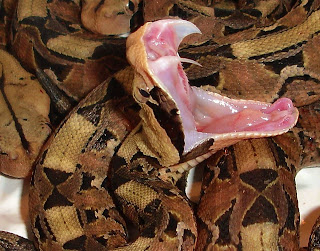











.jpg)








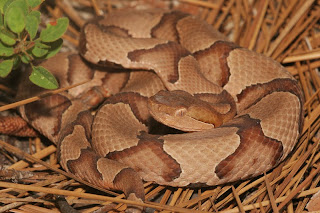









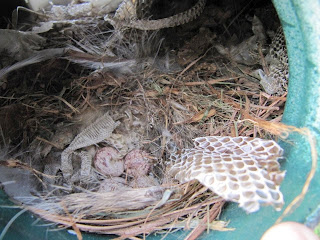

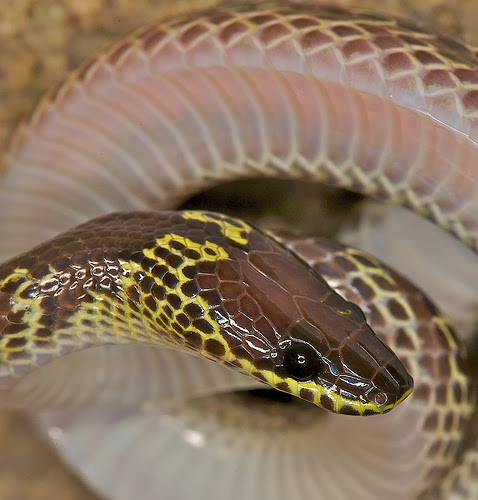



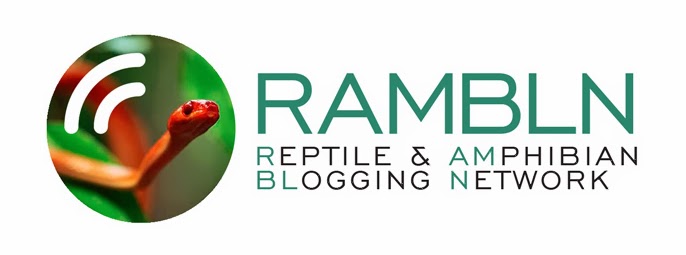




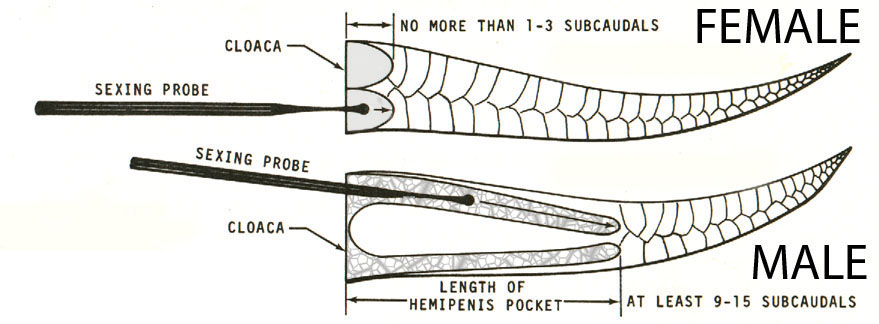
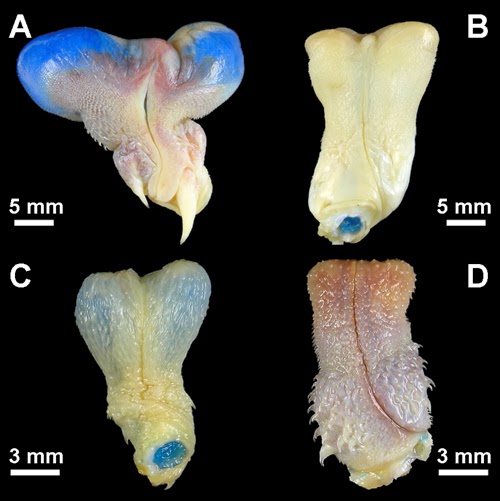

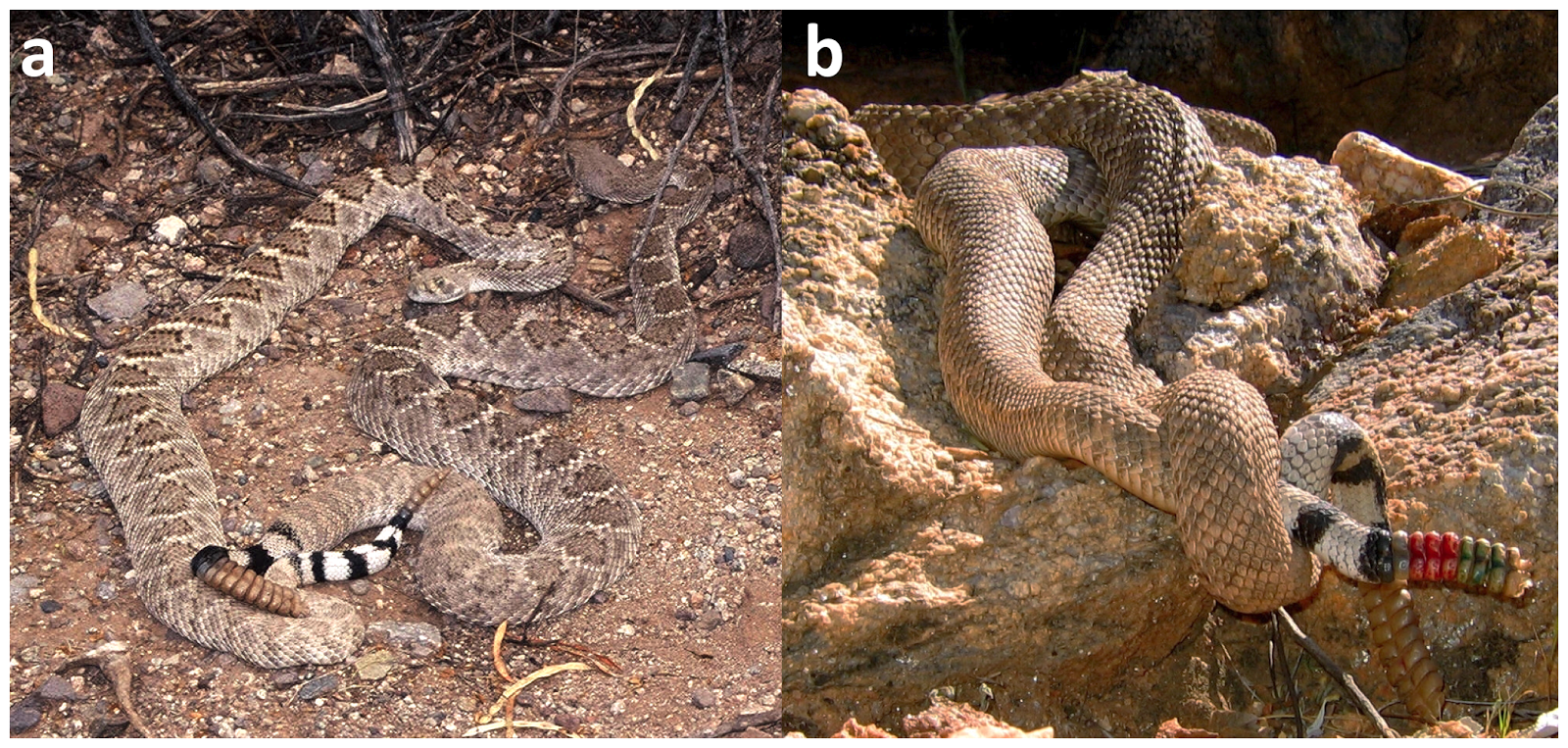

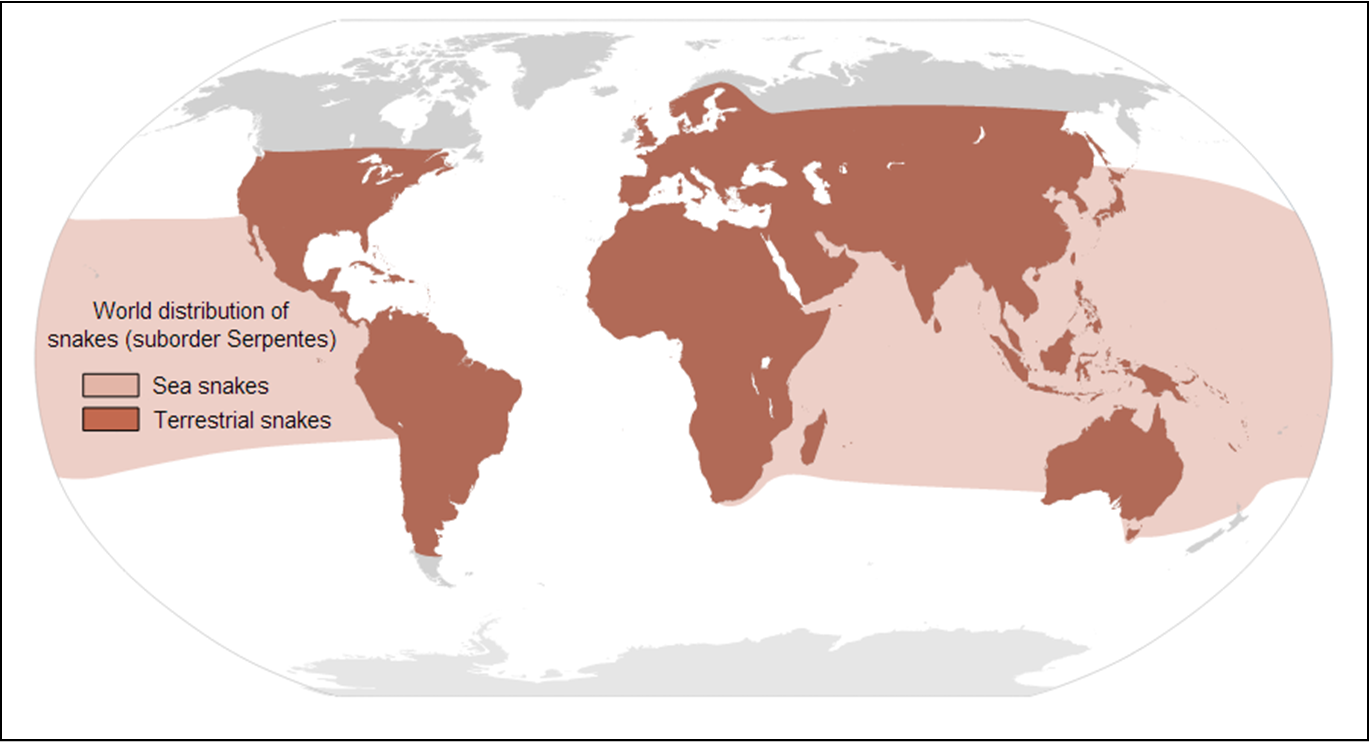


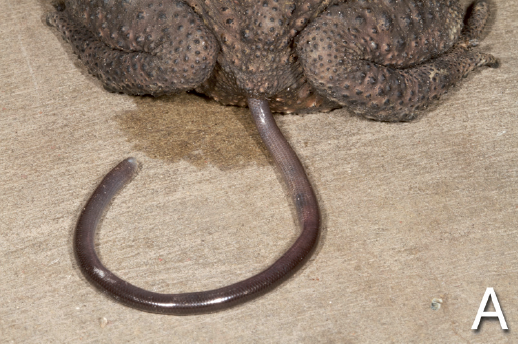


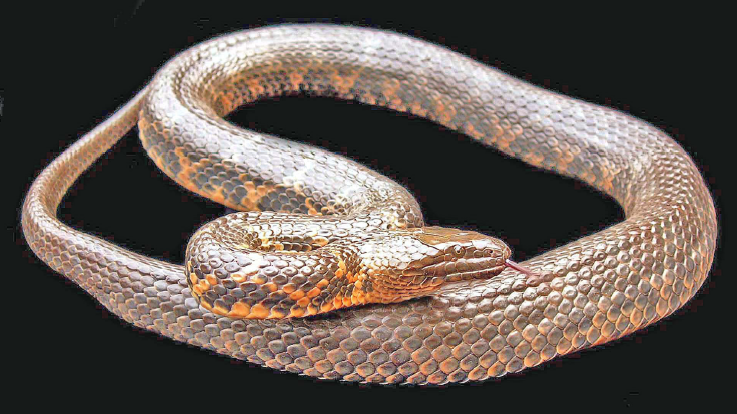


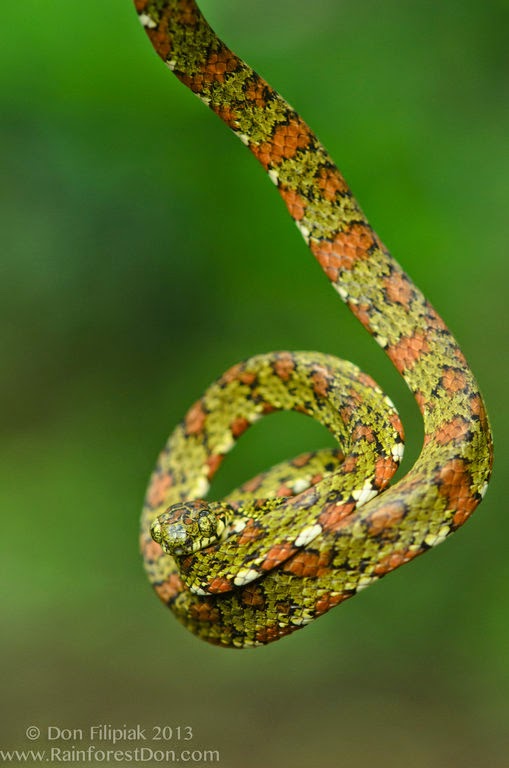








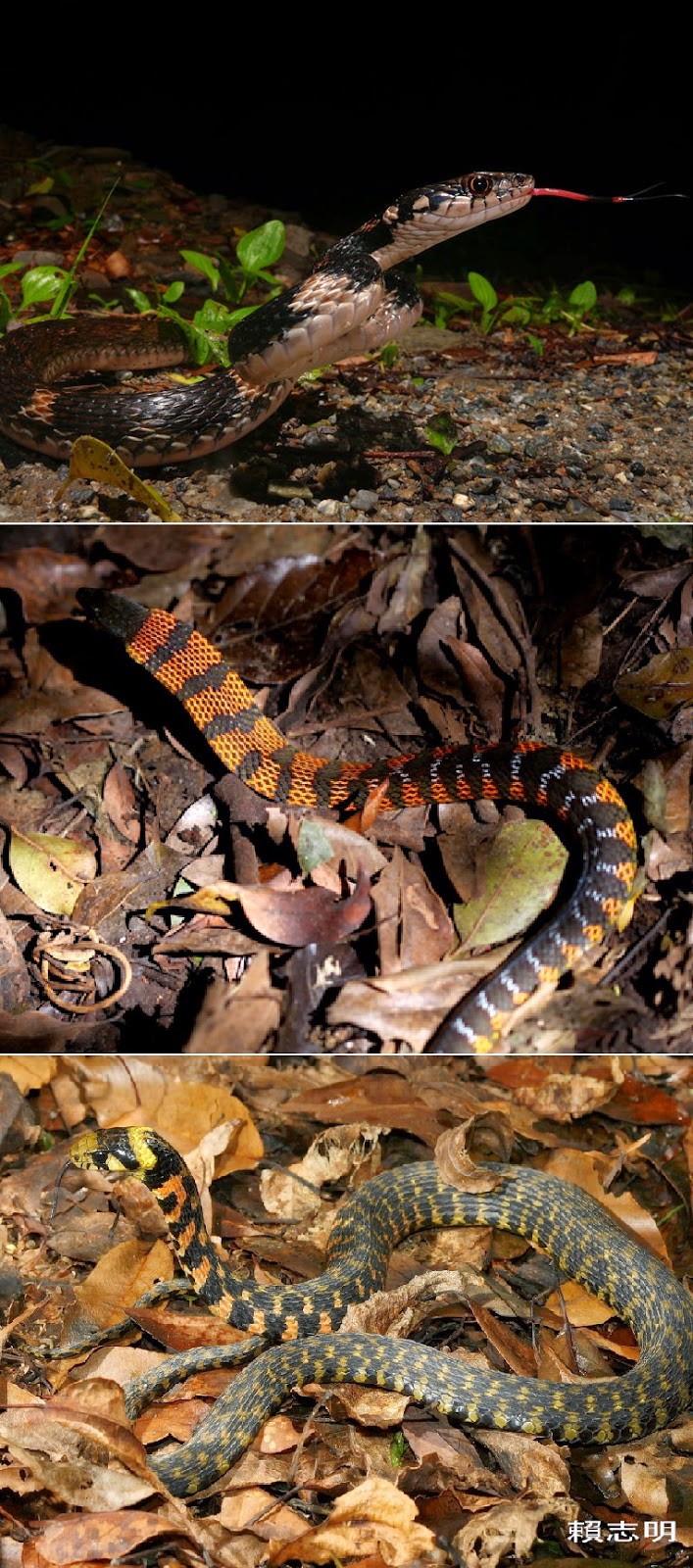






.jpg)

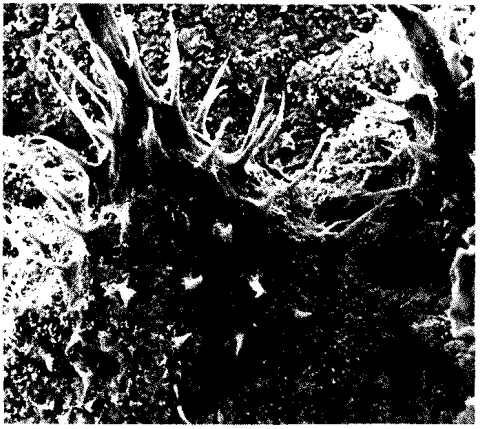
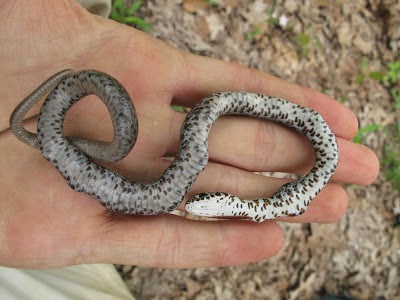

.jpg)

